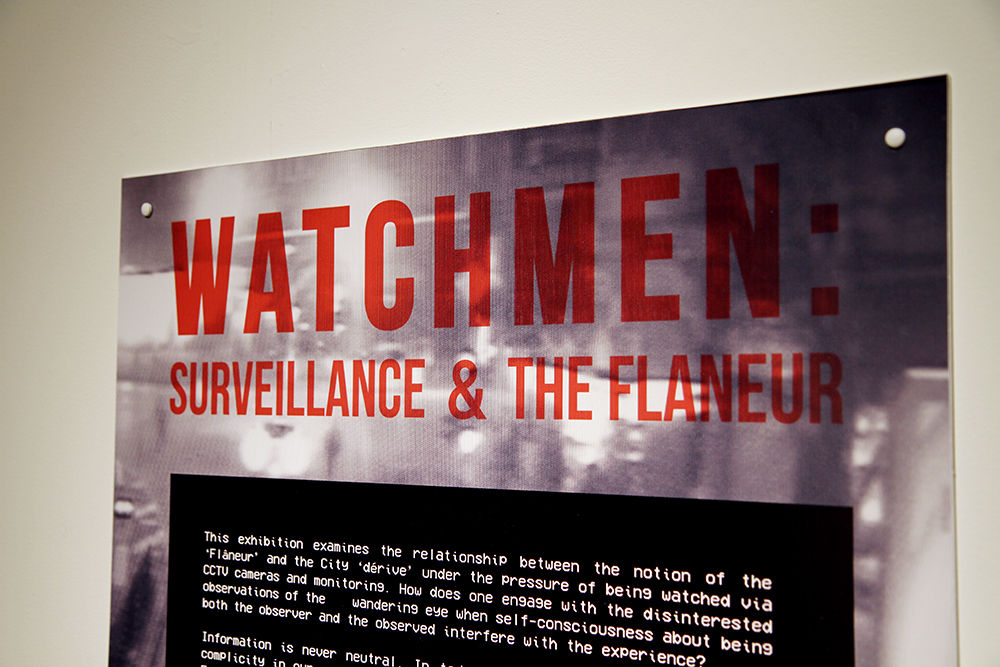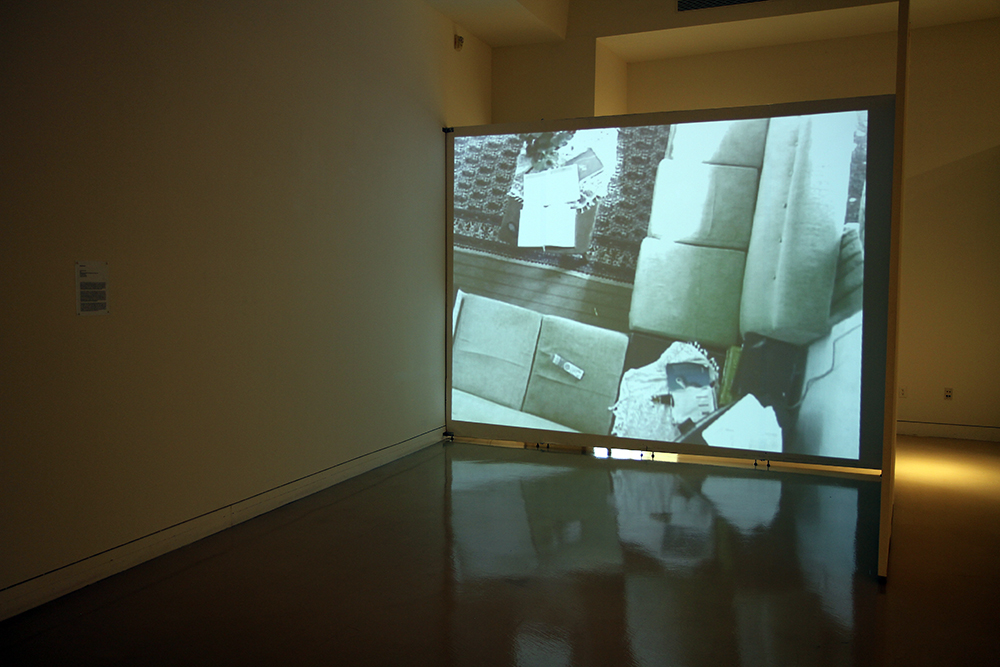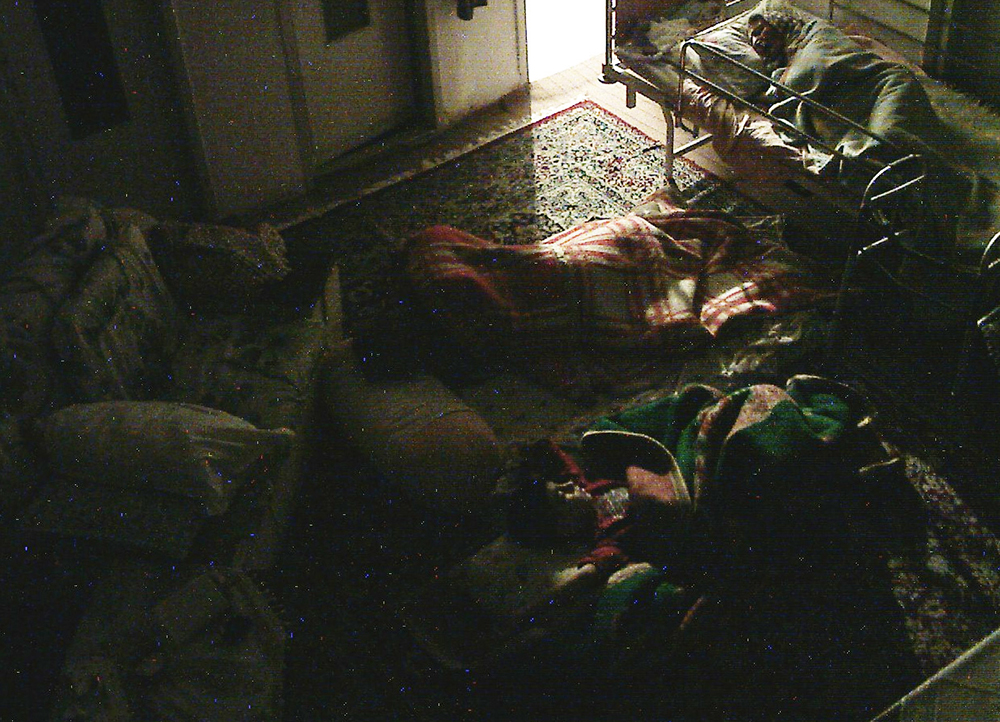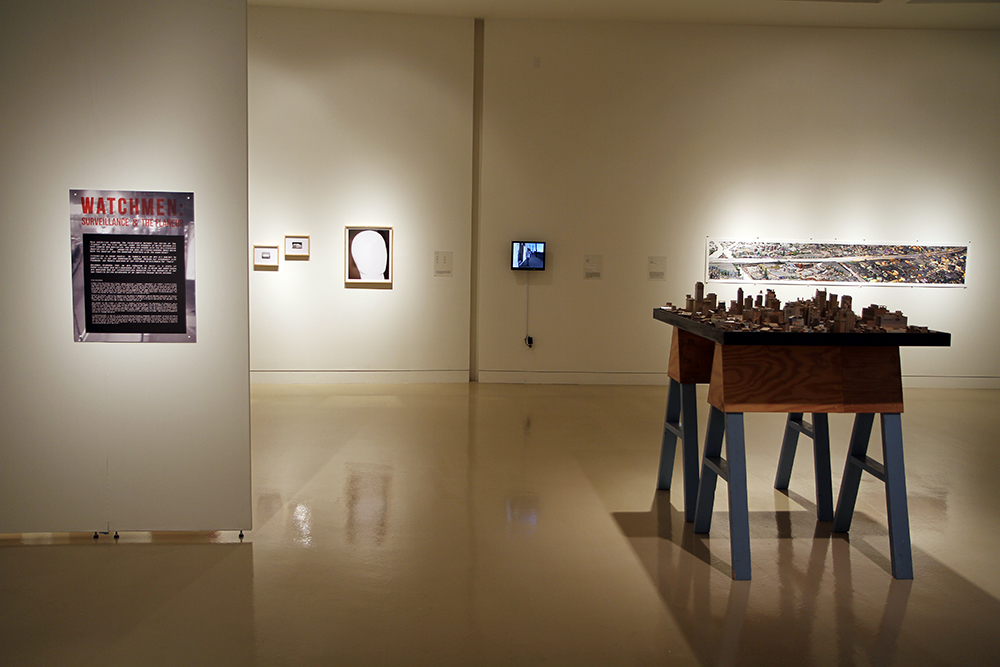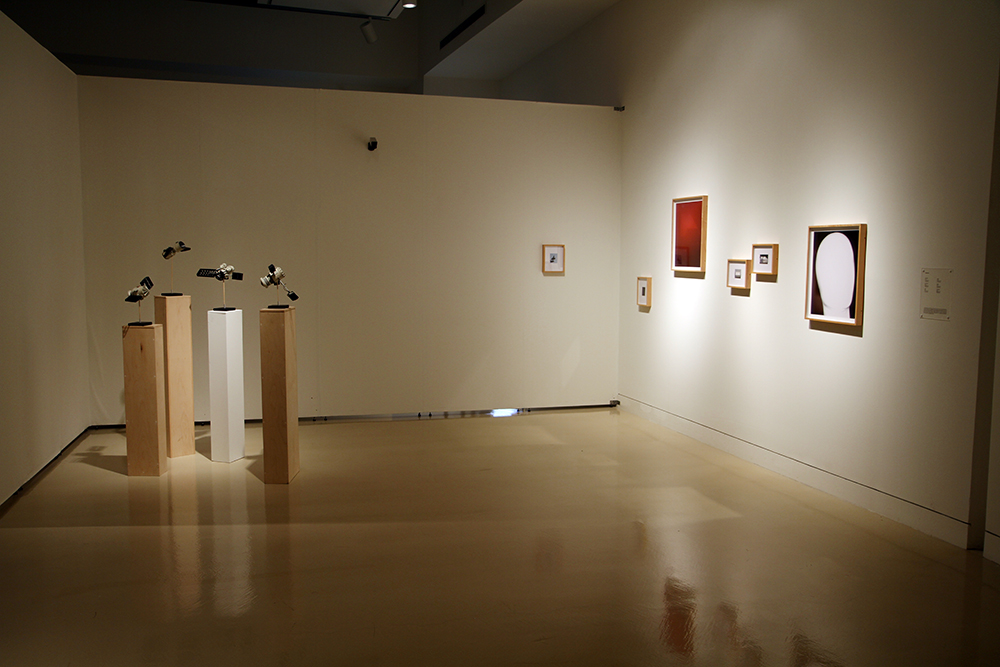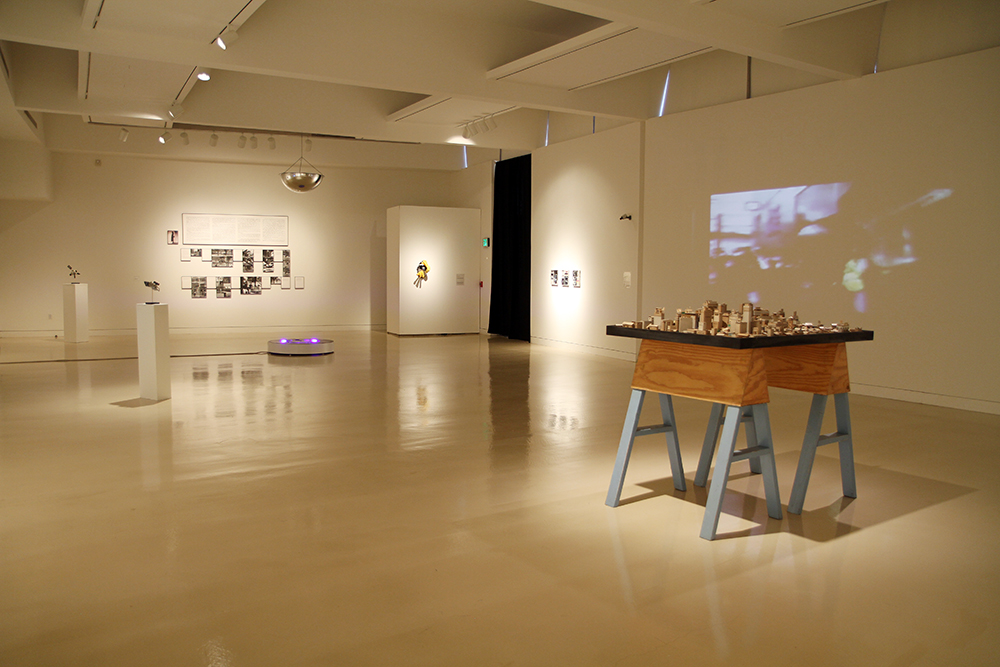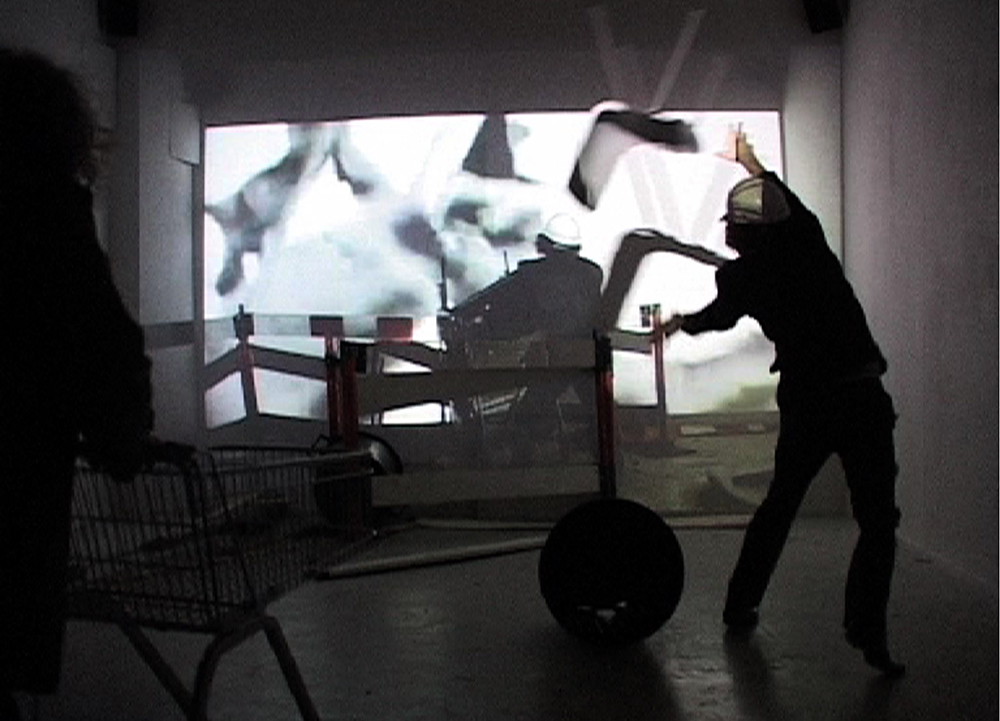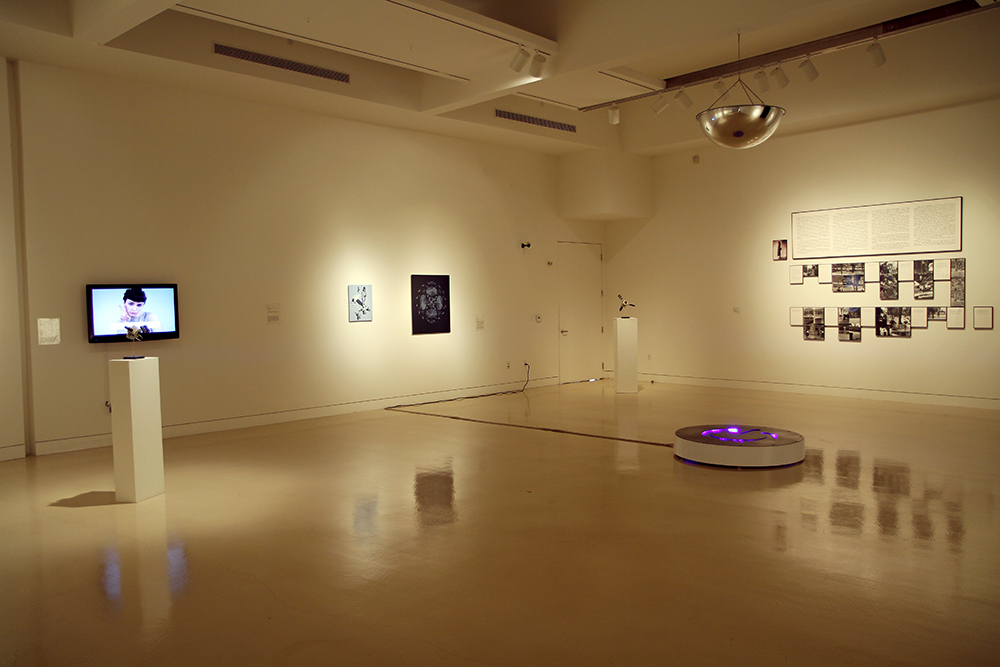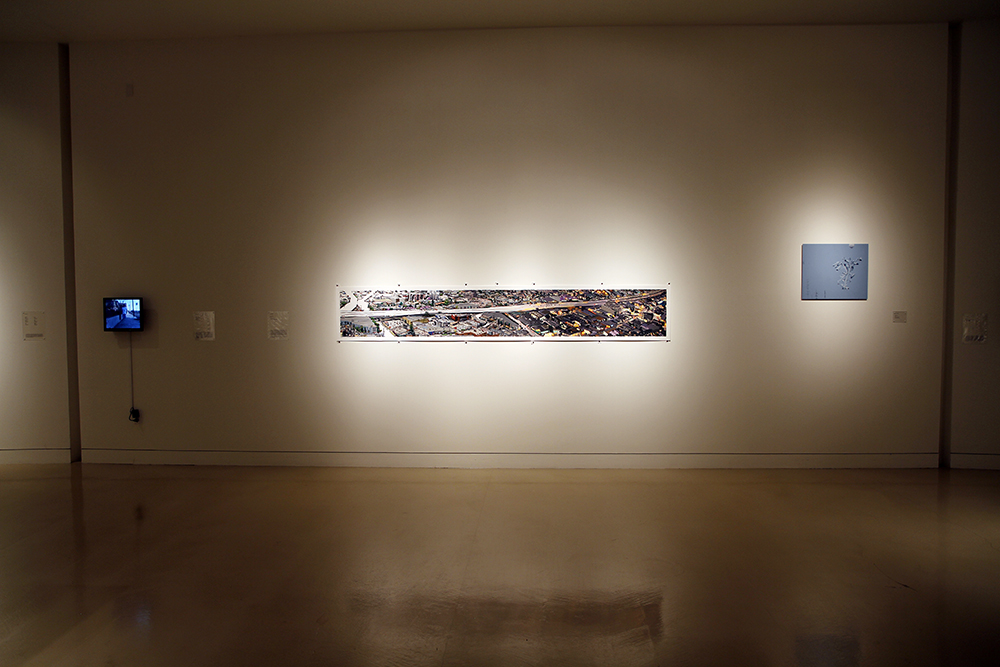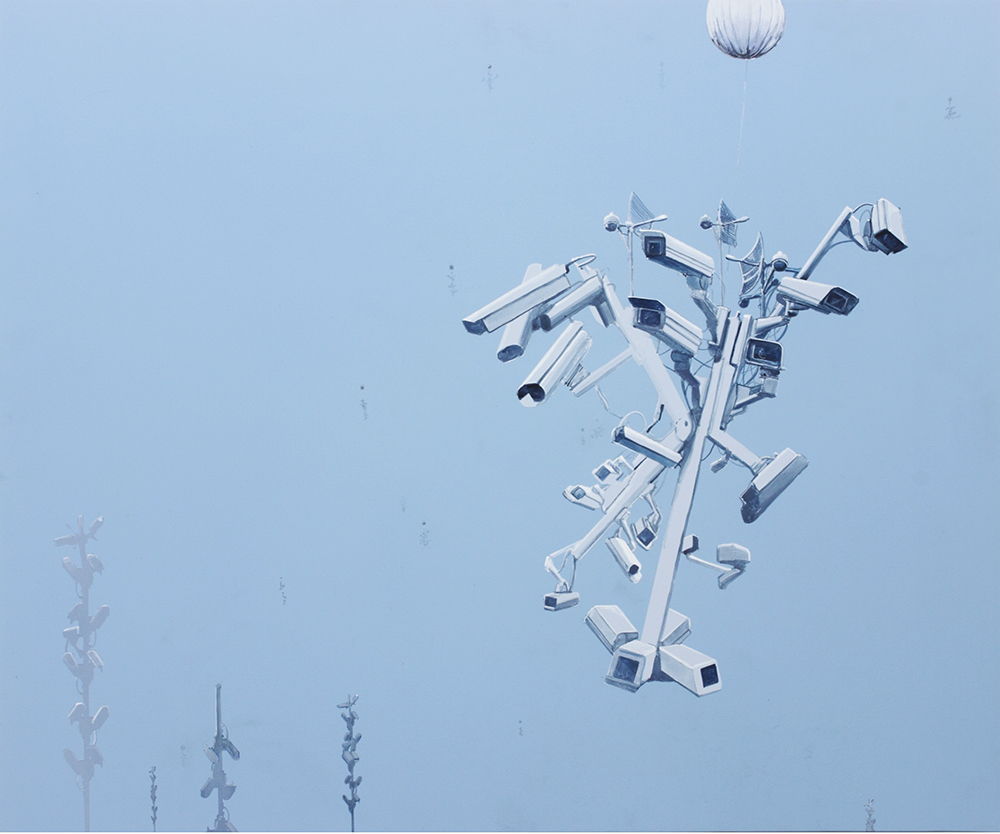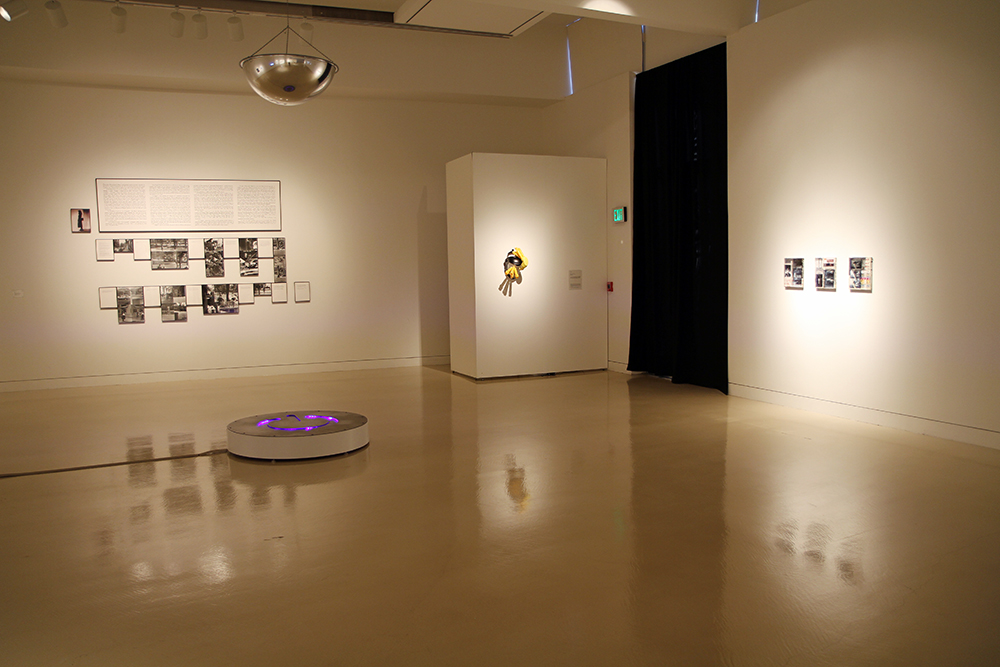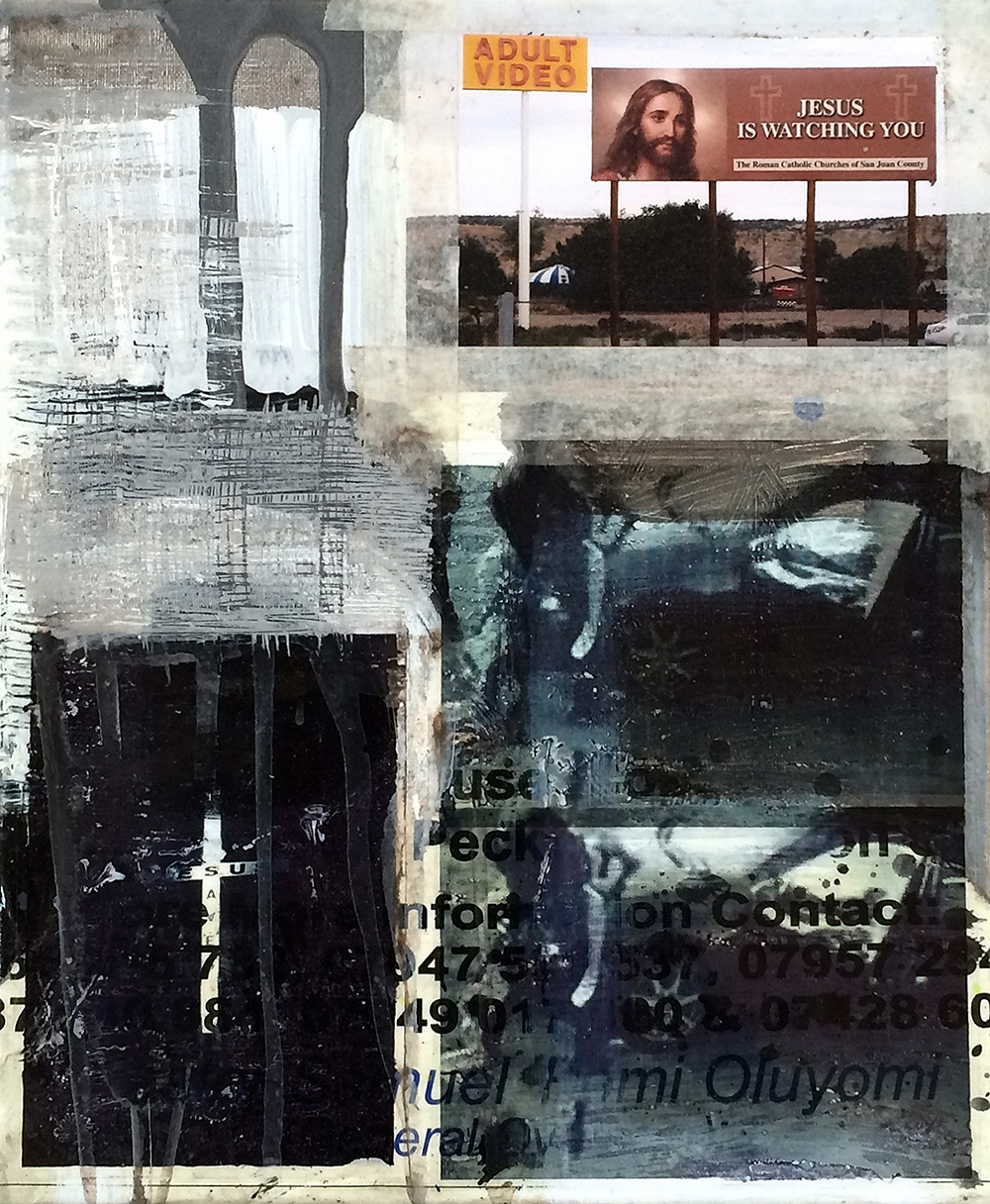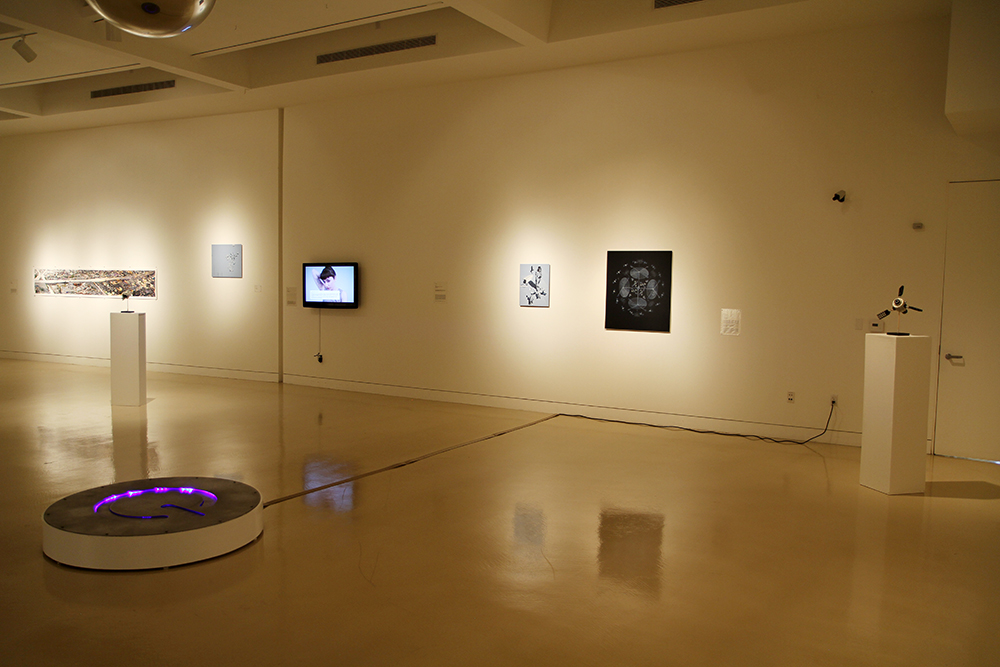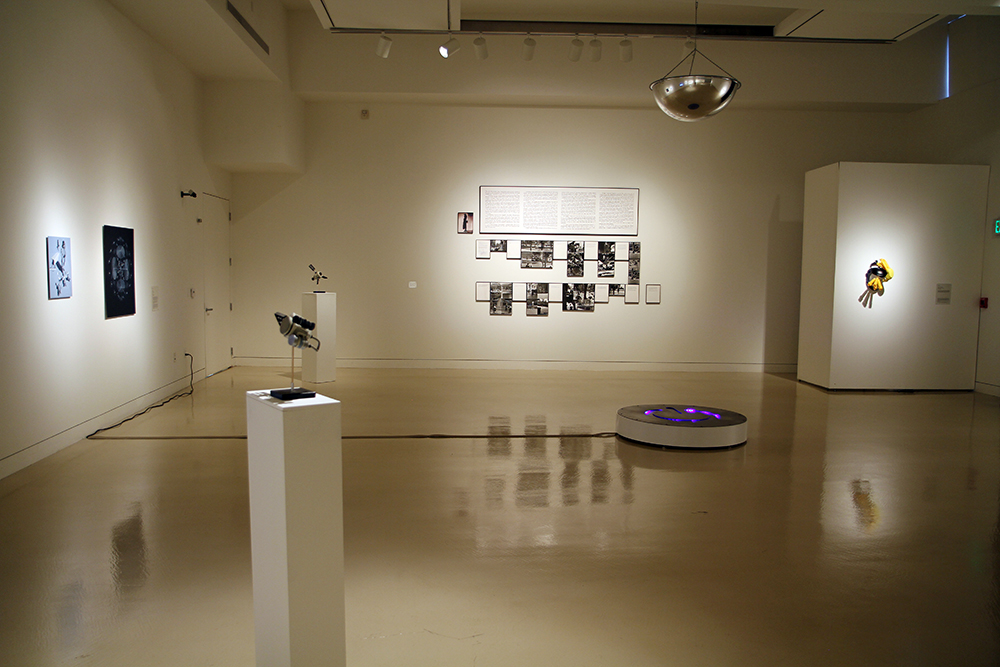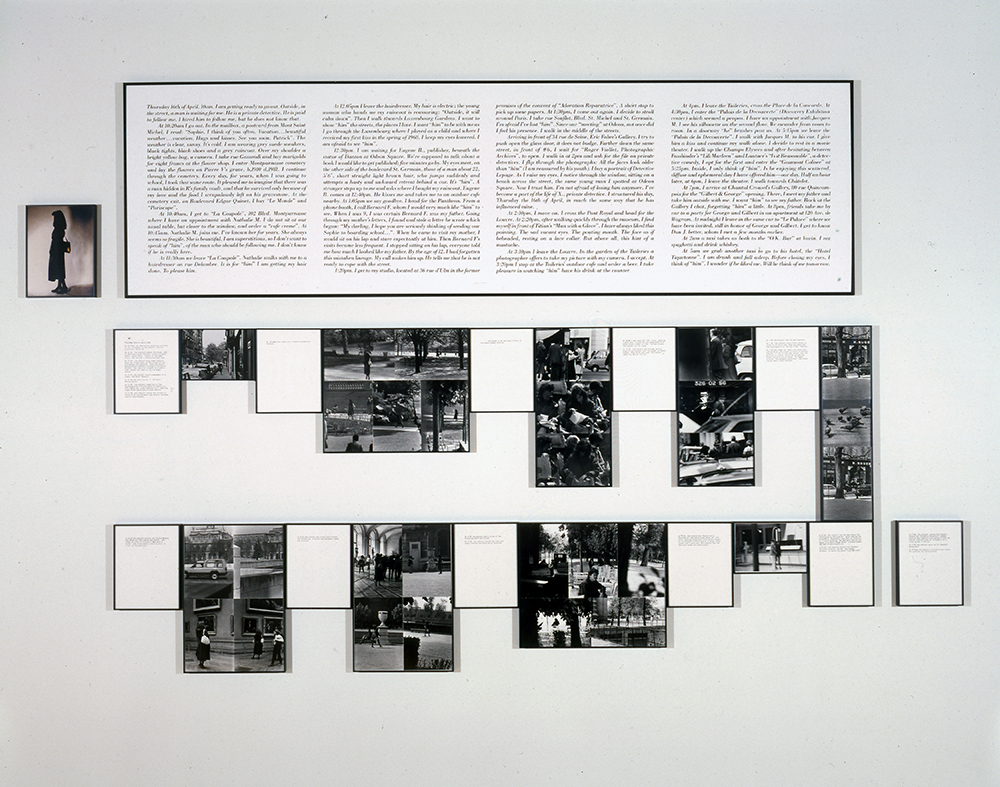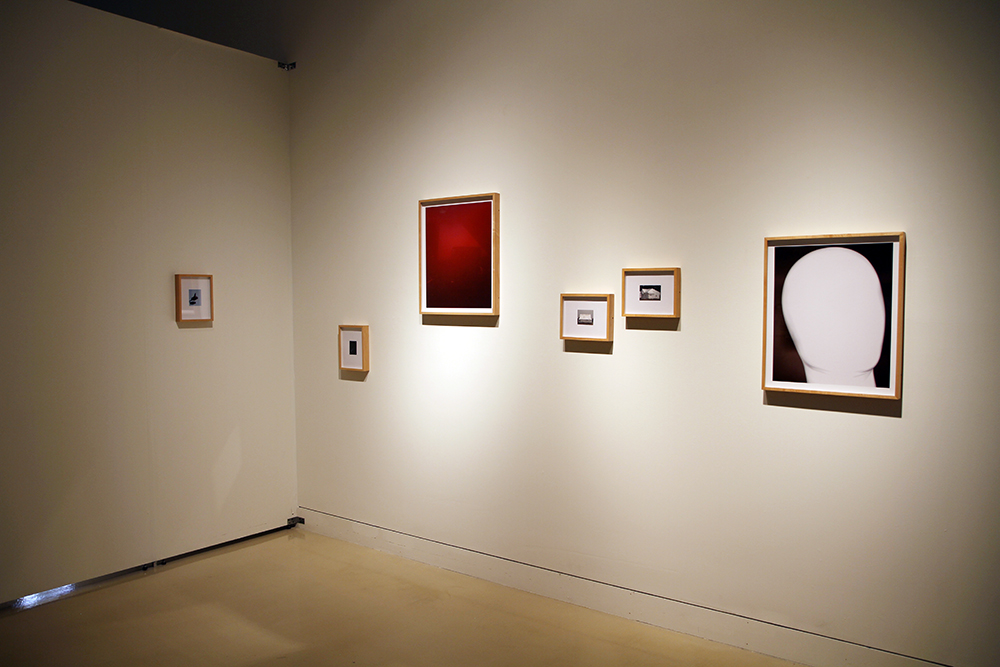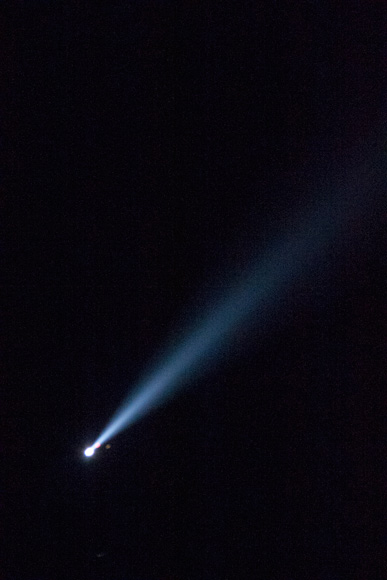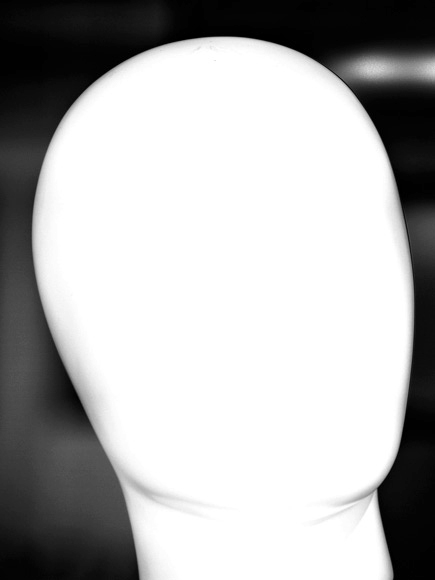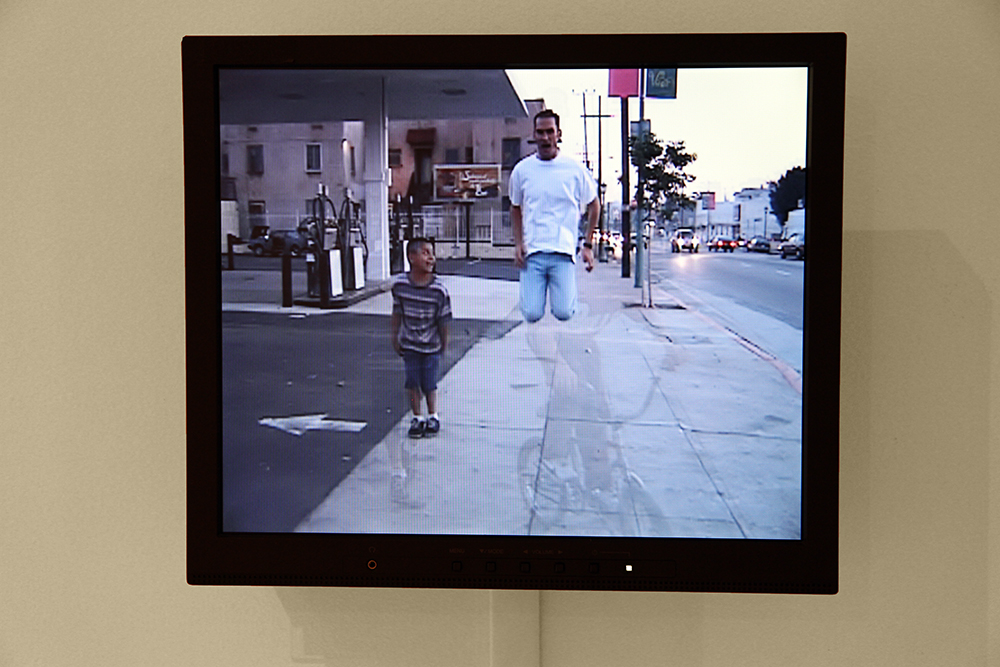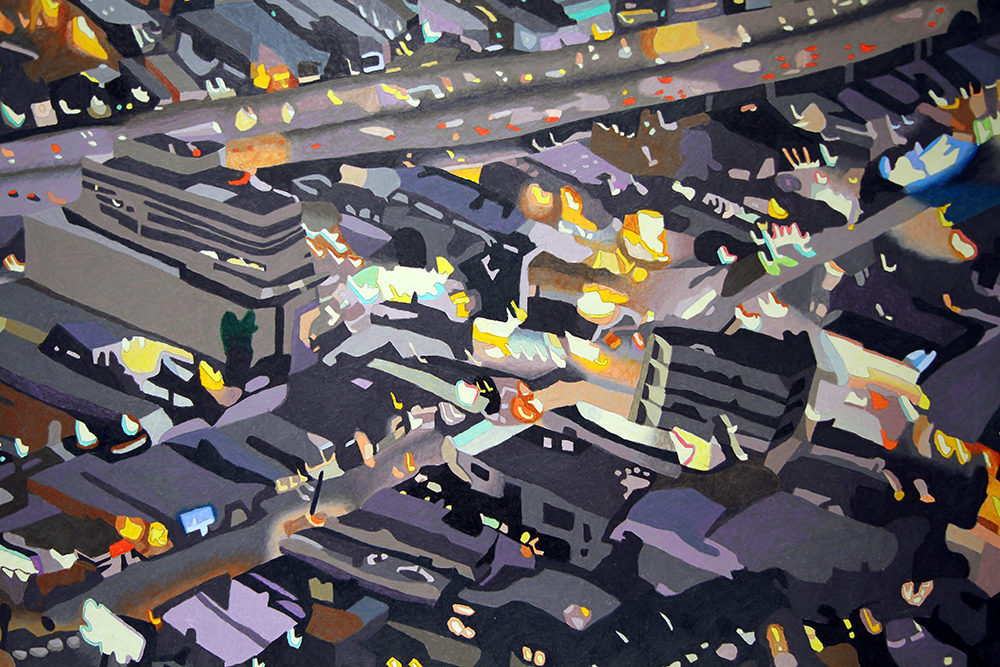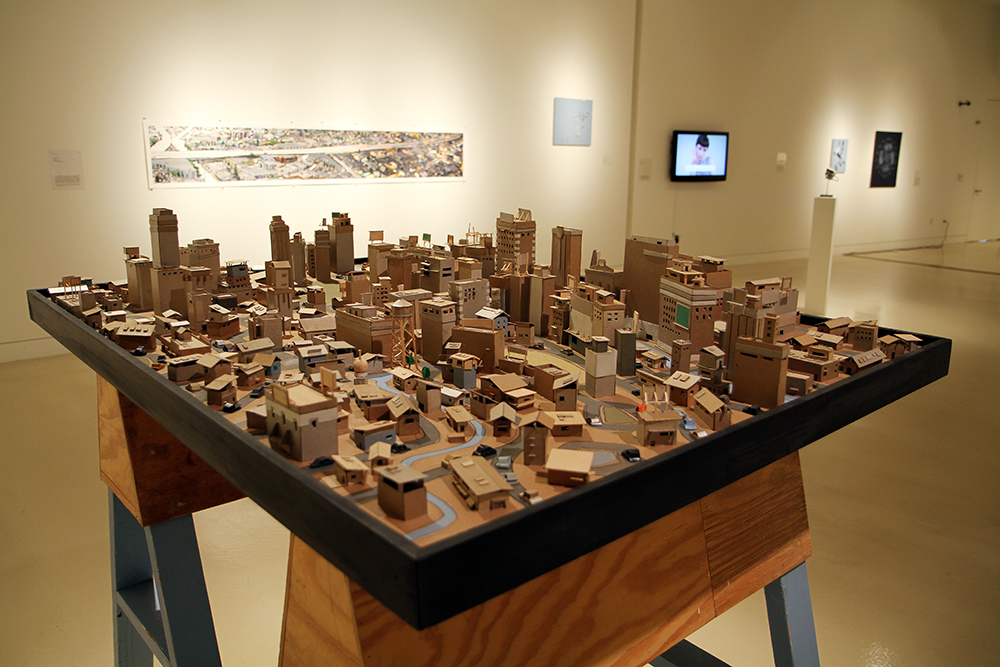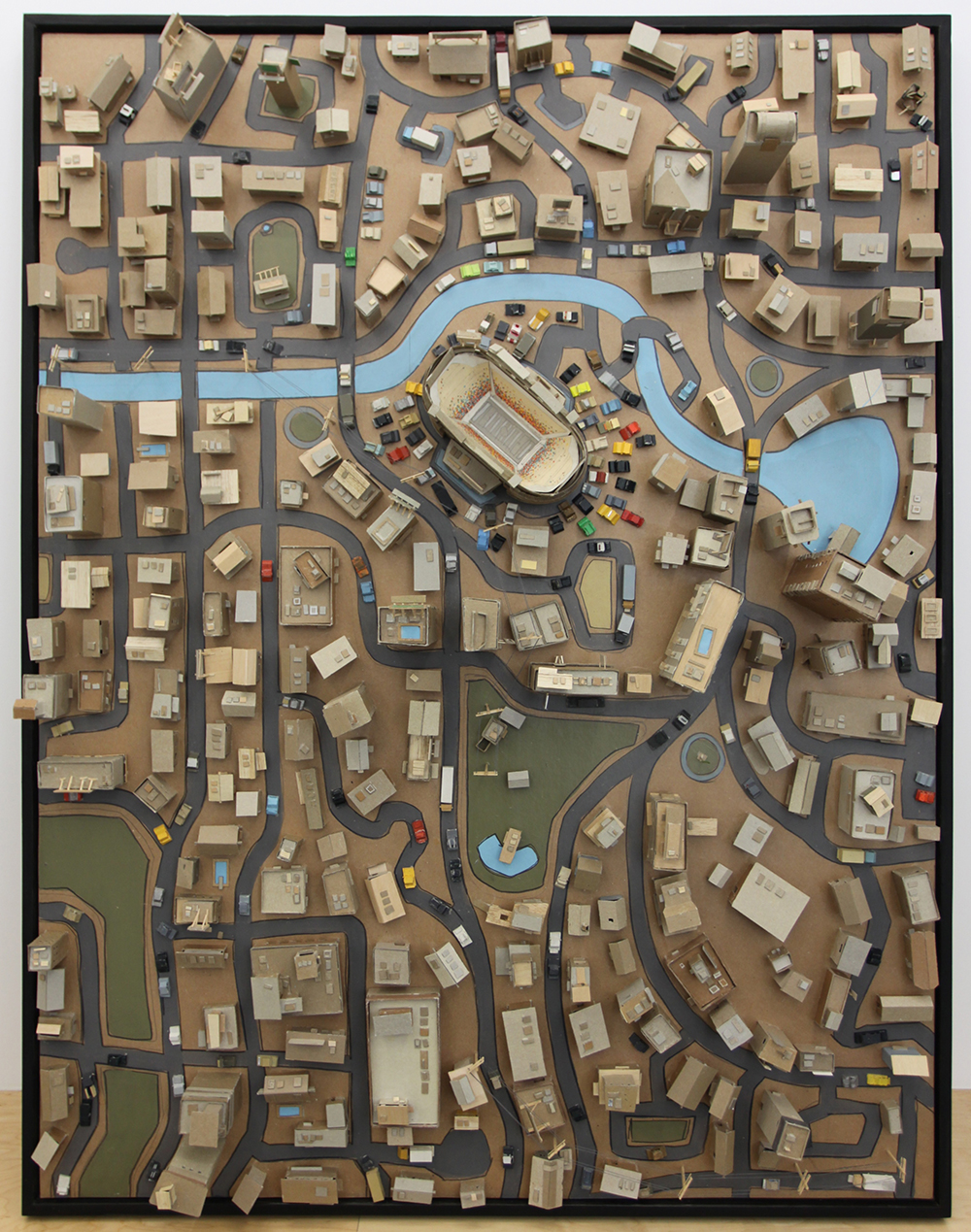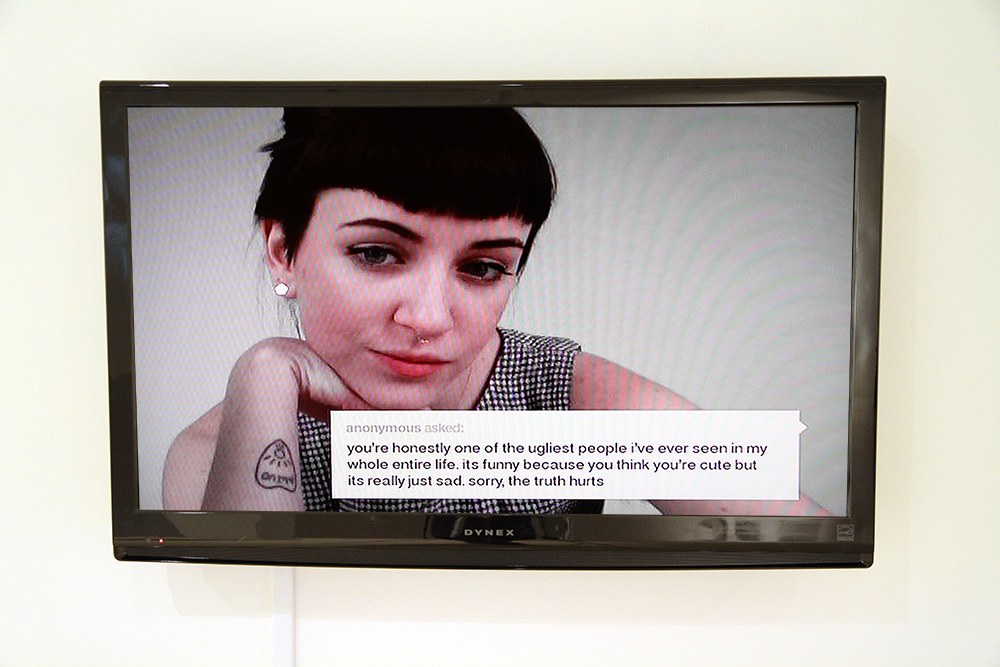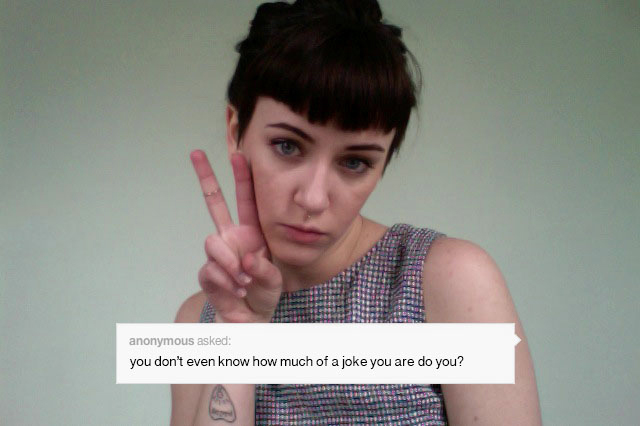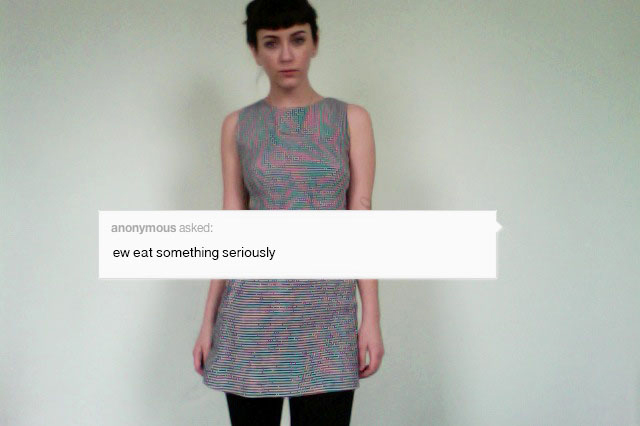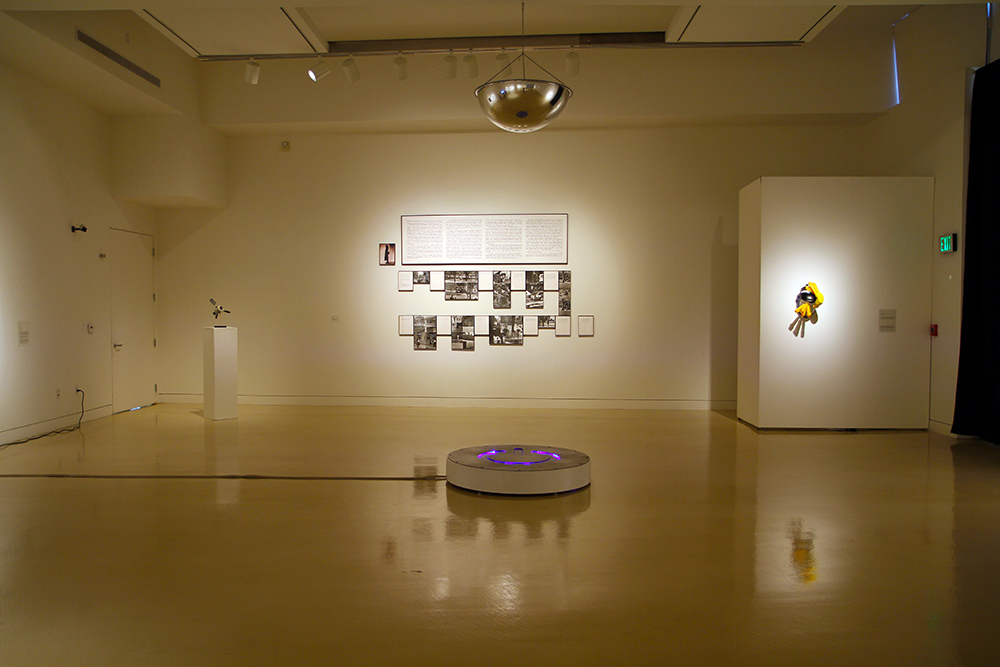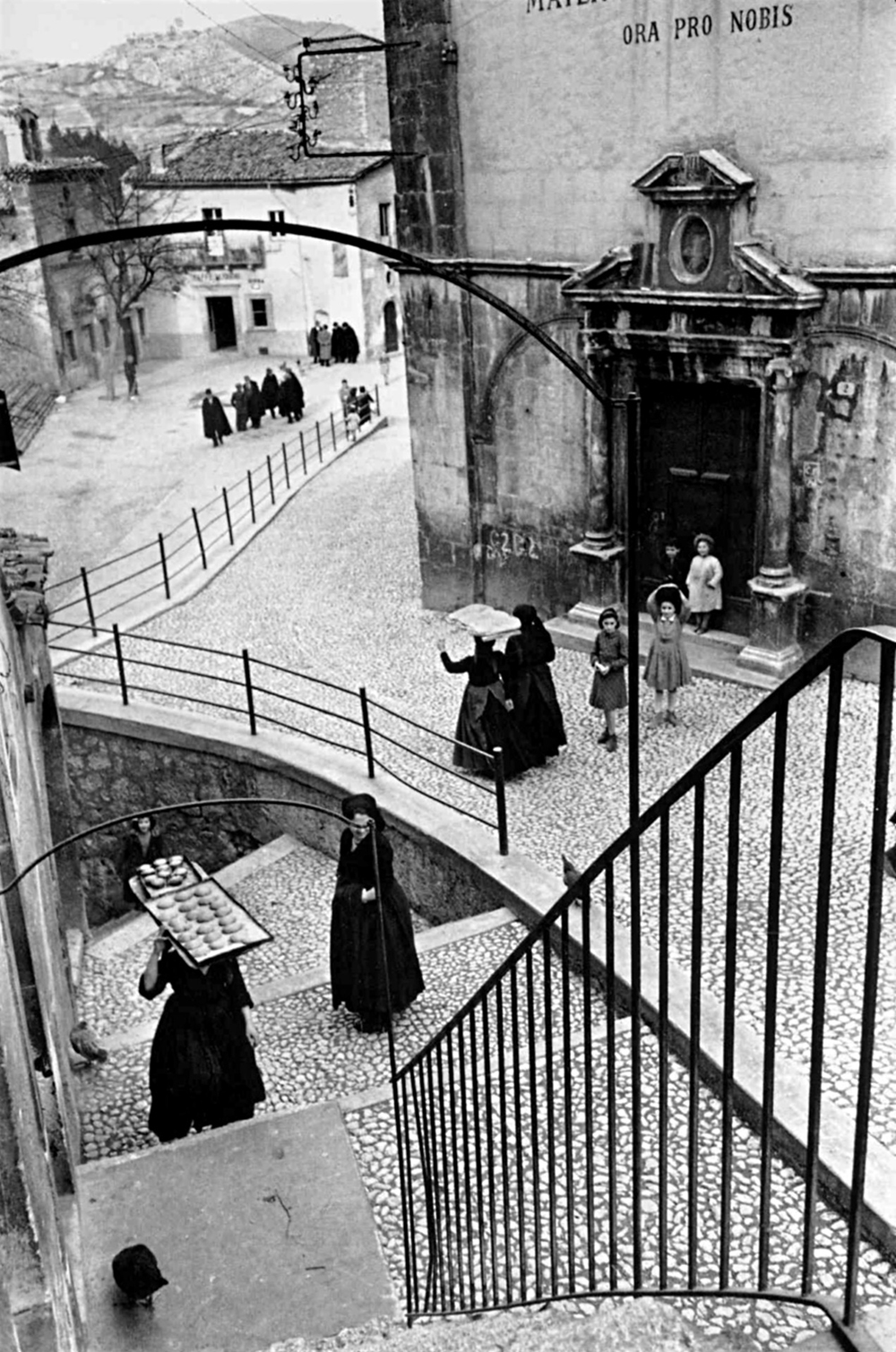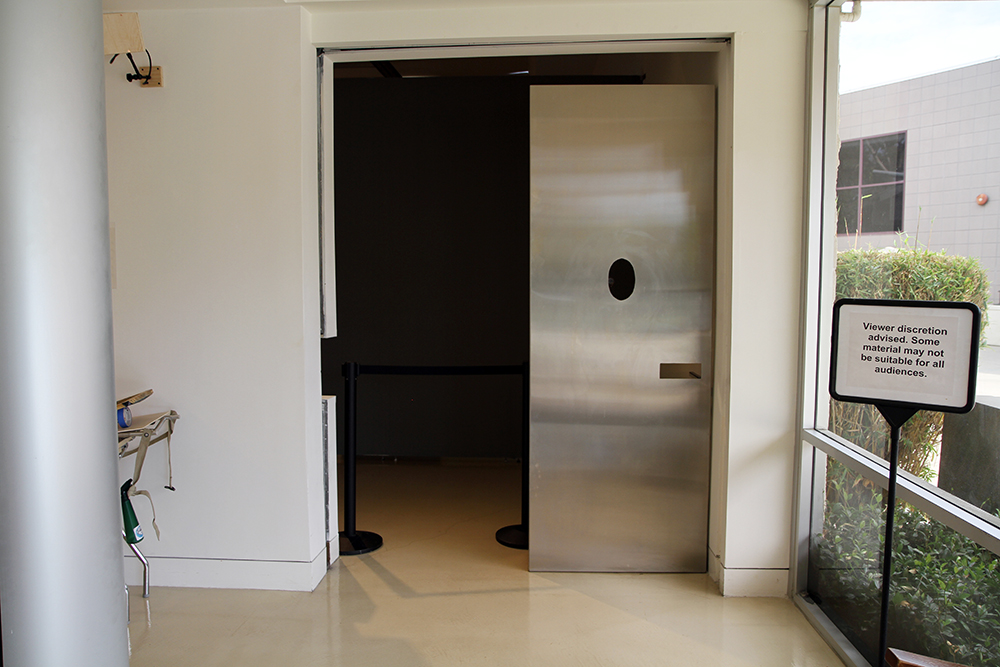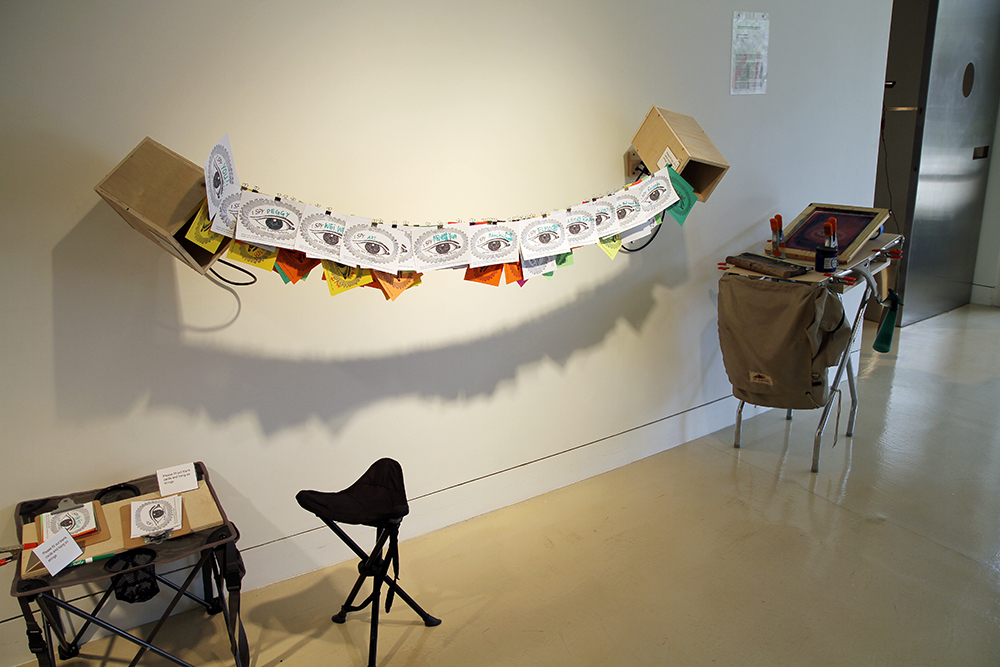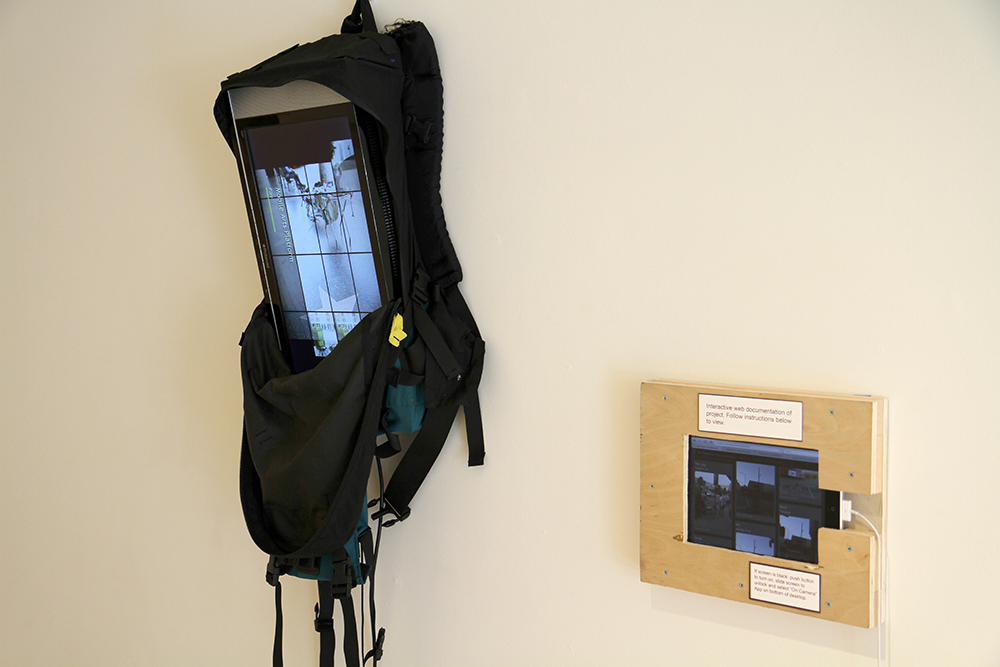June 7 - July 26, 2014
Gallery One
Watchmen: Surveillance and the Flaneur
Shagha Ariannia
Lindsay Bottos
Sergio Bromberg
Tyler Calkin
Sophie Calle
Henri Cartier-Bresson
Zavier Ellis
Darren Hostetter
Kiel Johnson
Susan Logoreci
Alexis Milne
MAP: Mobile Arts Platform
Mark Nelson
Dane Picard
Kari Reardon
Special Opening Screenings by:
Vito Acconci
Jenny Holzer
Sterling Ruby
This exhibition examines the relationship between the notion of the ‘Flâneur’ and the City ‘dérive’ under the pressure of being watched via CCTV cameras and monitoring. How does one engage with the disinterested observations of the wandering eye when self-consciousness about being both the observer and the observed interfere with the experience?
Information is never neutral. In today’s world we are all subject to complicity in our own suppression, whether through our engagement with Facebook, our Google searches or our reliance on Wikipedia for ‘facts’.
Watchmen proposes that we are required to exist in a state of hyper-vigilance and self-awareness of the bias in which our experiences are mediated and our interpretations measured via the mechanics of our own favorite online extensions of an identity forever being watched...
From Wikipedia:
Flâneur from the French noun flâneur, means “stroller”, “lounger”, “saunterer”, or “loafer”. Flânerie refers to the act of strolling, with all of its accompanying associations.The flâneur was, first of all, a literary type from 19th century France, essential to any picture of the streets of Paris. The word carried a set of rich associations: the man of leisure, the idler, the urban explorer, the connoisseur of the street. It was Walter Benjamin, drawing on the poetry of Charles Baudelaire, who made this figure the object of scholarly interest in the 20th century, as an emblematic archetype of urban, modern experience. Following Benjamin, the flâneur has become an important symbol for scholars, artists and writers.
Drawing on Fournel, and on his analysis of the poetry of Baudelaire, Walter Benjamin described the flâneur as the essential figure of the modern urban spectator, an amateur detective and investigator of the city. More than this, hisflâneur was a sign of the alienation of the city and of capitalism. For Benjamin, the flâneur met his demise with the triumph of consumer capitalism.
The concept of the flâneur is important in academic discussions of the phenomenon of modernity. While Baudelaire’s aesthetic and critical visions helped open up the modern city as a space for investigation, theorists such as Georg Simmel began to codify the urban experience in more sociological and psychological terms. In his essay “The Metropolis and Mental Life”, Simmel theorized that the complexities of the modern city create new social bonds and new attitudes towards others. The modern city was transforming humans, giving them a new relationship to time and space, inculcating in them a “blasé attitude”, and altering fundamental notions of freedom and being.
In psychogeography, a “dérive” is an unplanned journey through a landscape, usually urban, on which the subtle aesthetic contours of the surrounding architecture and geography subconsciously direct the travellers, with the ultimate goal of encountering an entirely new and authentic experience. Situationist theorist Guy Debord defines the dérive as “a mode of experimental behavior linked to the conditions of urban society: a technique of rapid passage through varied ambiances.” He also notes that “the term also designates a specific uninterrupted period of dériving.”

